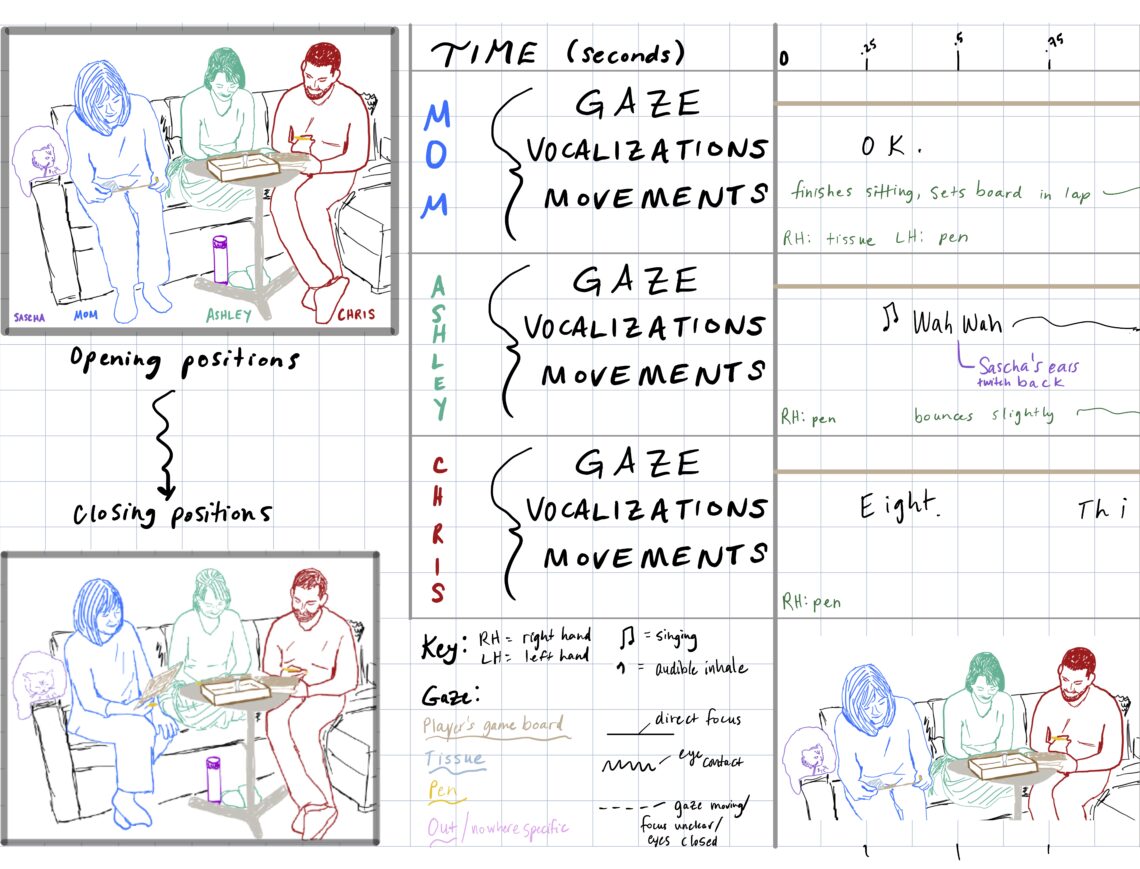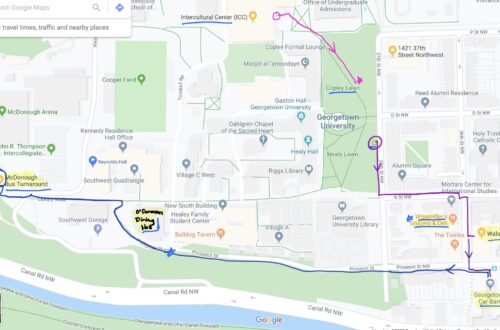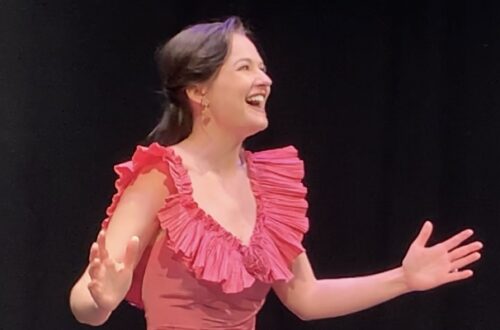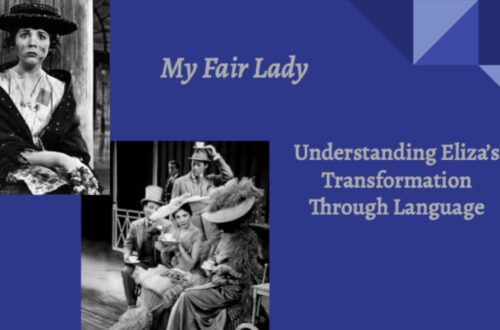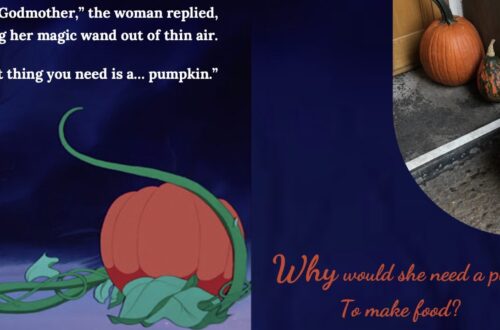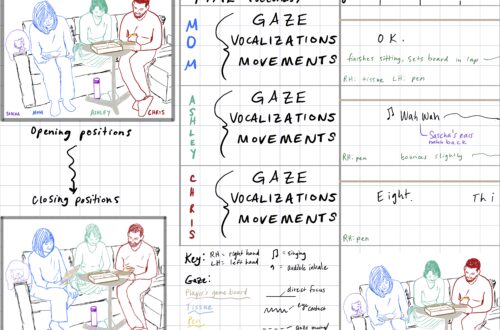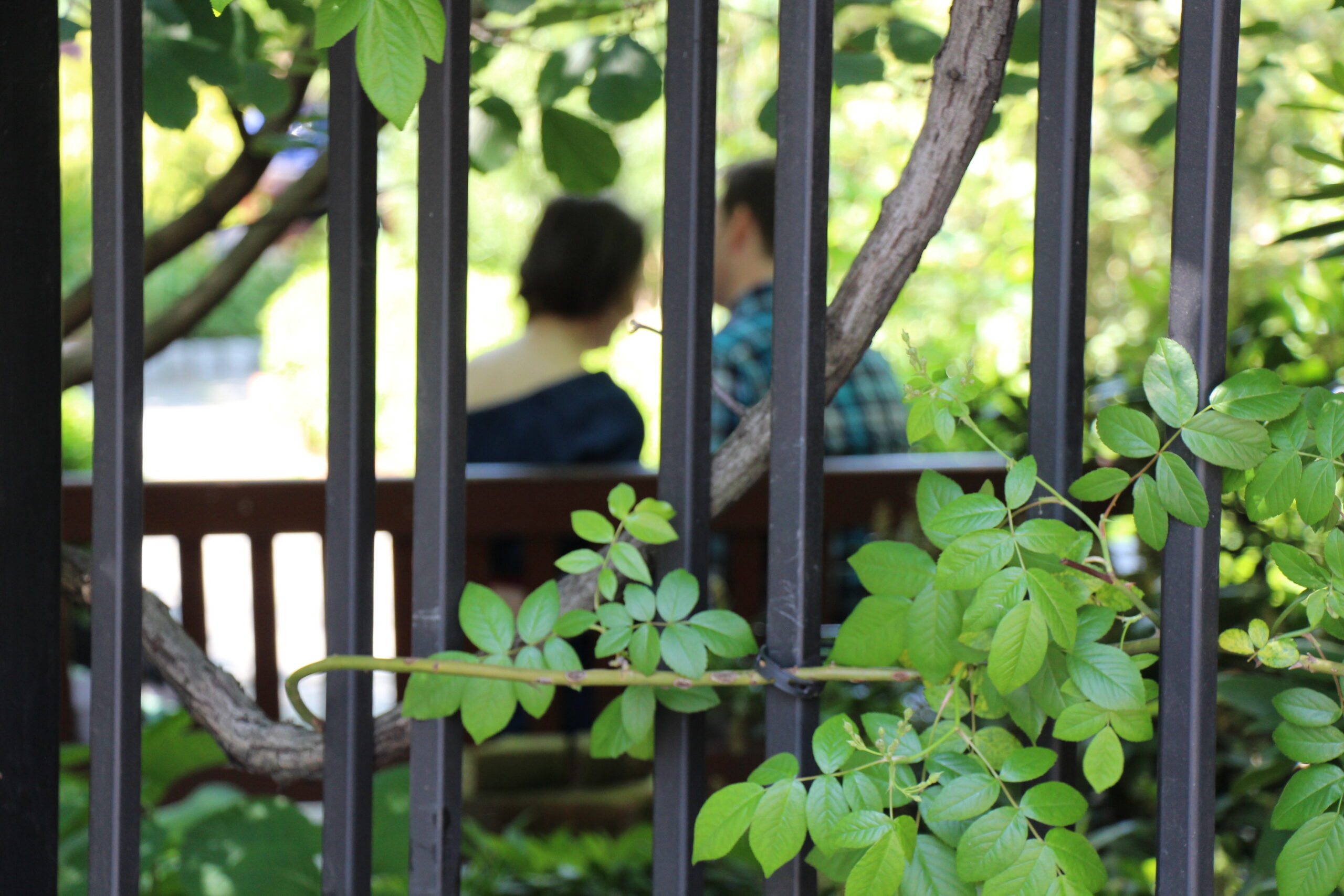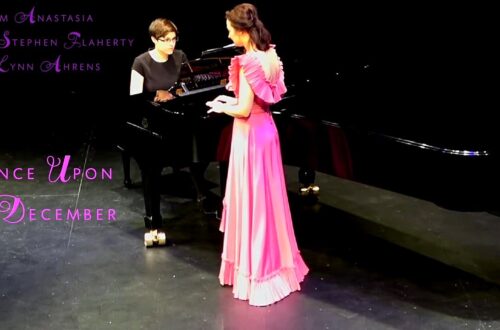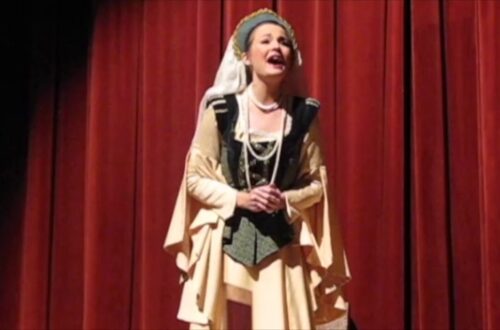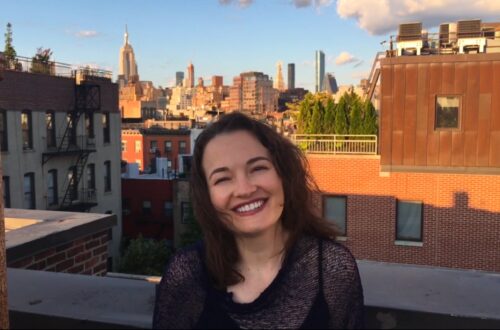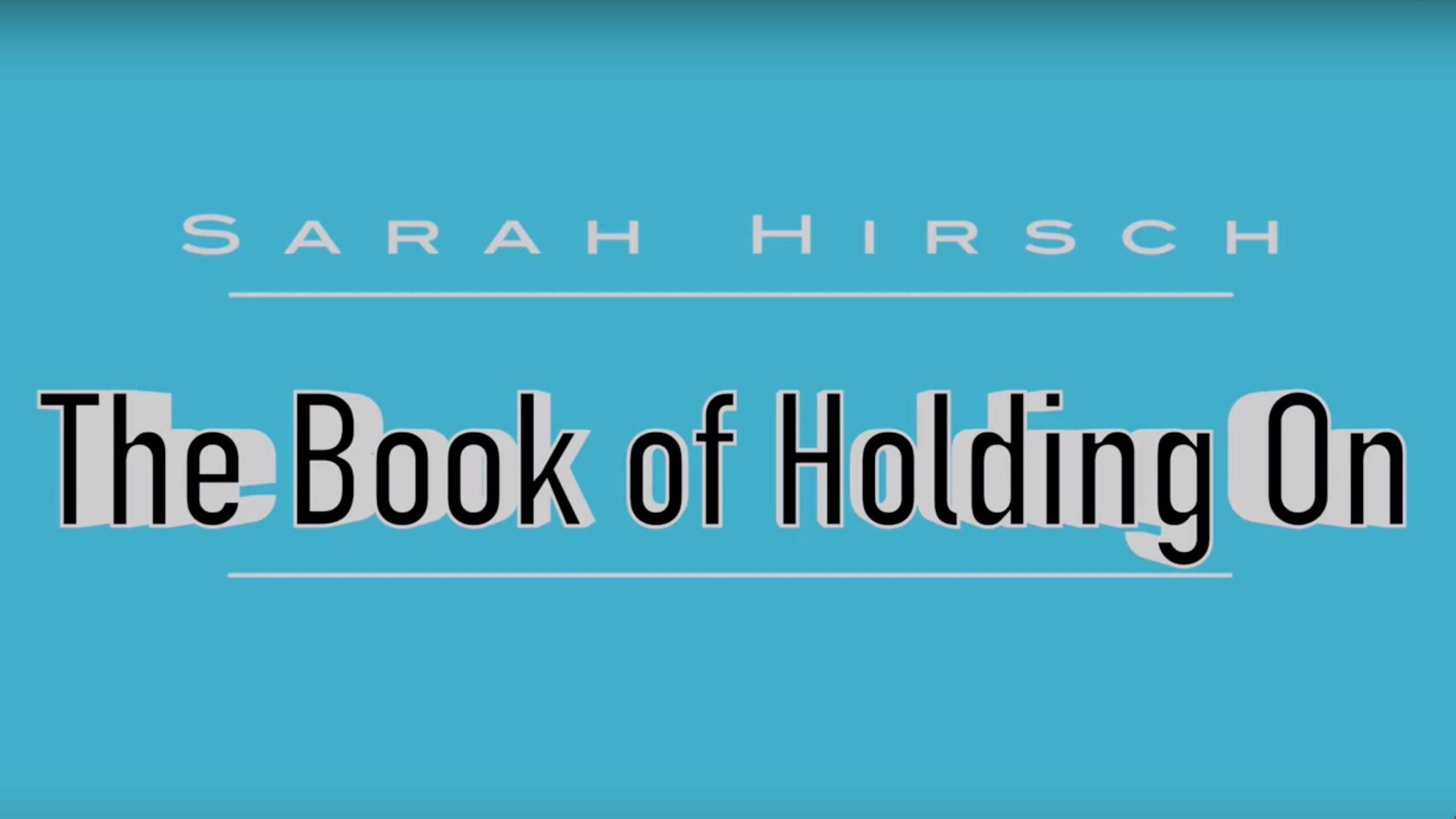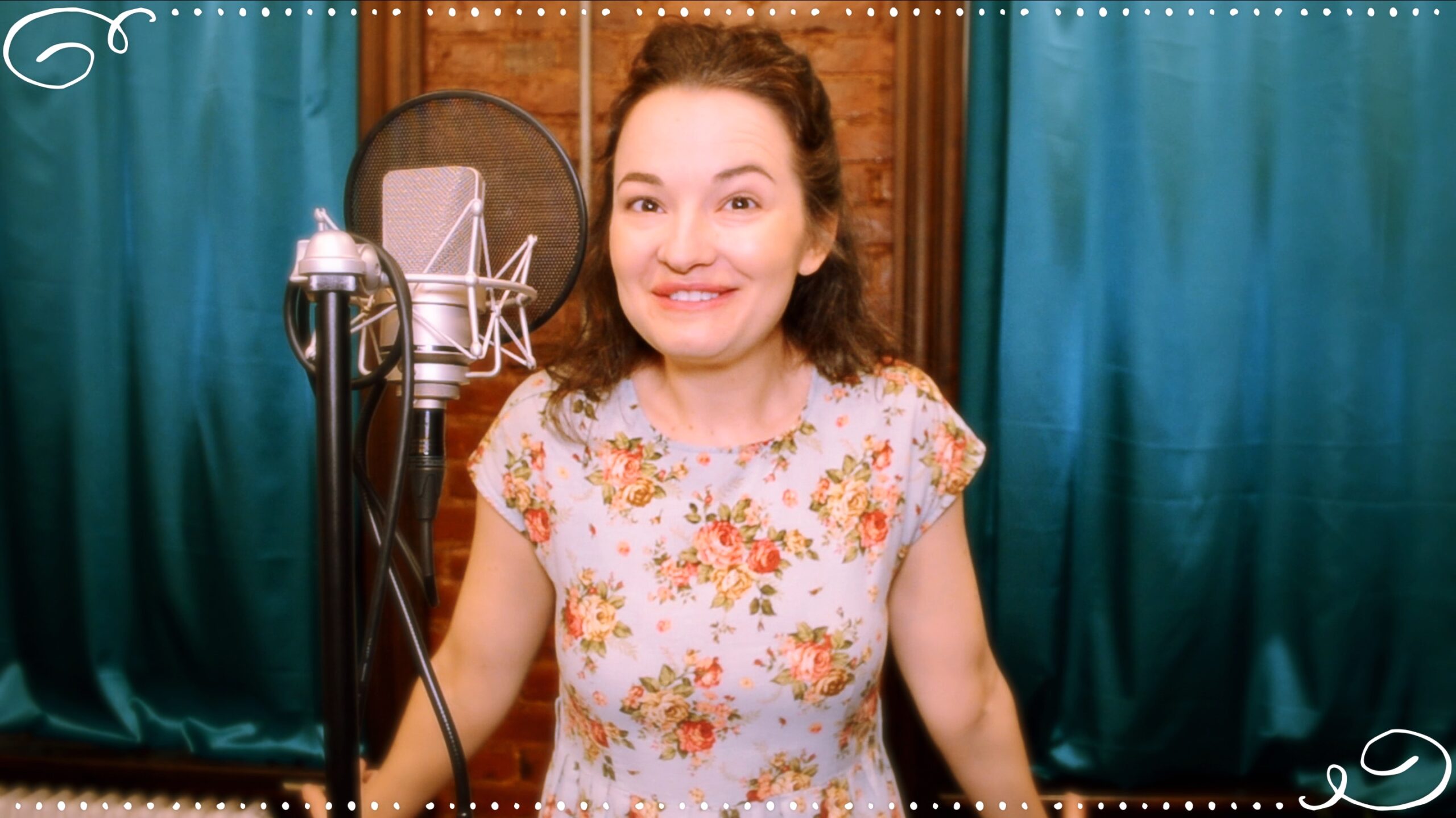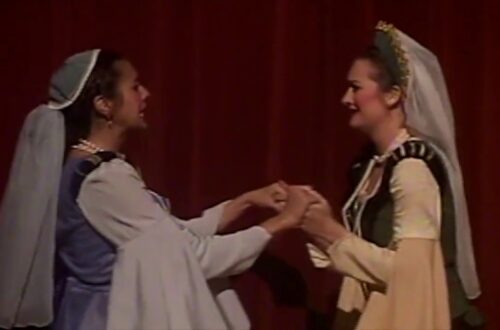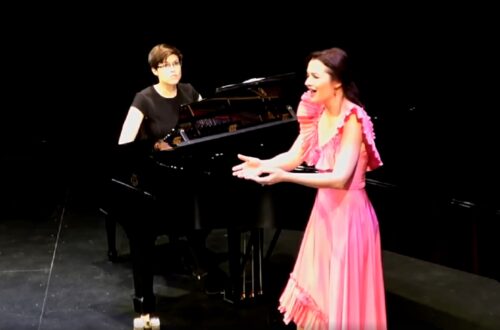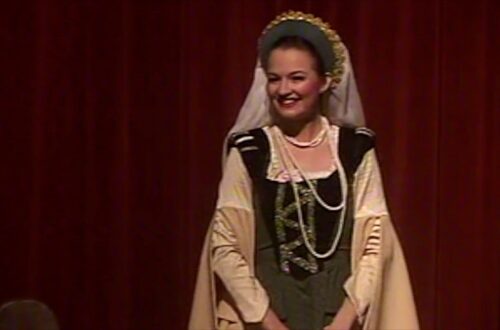-
Multimodal Microanalysis: Scattergories! Video Clip
Georgetown University, 2020. Linguistics: Multimodal Interaction Analysis. Professor: Frederick Erickson. It was a great privilege to work in a small group setting with the seminal scholar Frederick Erickson! Our course centered on learning to transcribe and microanalyze video – a complicated task, due to the immense amount of visual and auditory information captured through this medium. If you’ve ever wondered how researchers might represent data from video, keep reading! Here, I’m presenting my final project, which not only shows you my final product, but also walks through my process for developing this multimodal transcription. The video is from a game of “Scattergories,” in which my mom, fiancé, two cats, and…
-
“It’s pretty hard”: Stance and Dialogicality
Georgetown University, 2020. Linguistics. [Sharing below a short paper from Discourse Analysis: Conversation, applying Du Bois (2007) to my data. My conversation data recording and transcripts are available here.] According to Du Bois’ (2007) definition, “it’s pretty hard” is an expression of stance, and arriving at its meaning and interactional significance can only be achieved through identification of the participants involved, the object discussed, and the utterances that led to this remark. Du Bois writes, “[i]n taking a stance, the stancetaker (1) evaluates an object, (2) positions a subject (usually the self), and (3) aligns with other subjects” (163). This predicates that stance acts include more than one subject…
-
Conversation Shaping: The Impact of Questions on Conversational Direction
Georgetown University, 2020. Linguistics. [Sharing below a short paper from Discourse Analysis: Conversation, applying Sacks, Schegloff, and Jefferson (1974) to my data. My conversation data recording and transcripts are available here.] In a pioneering article describing the way conversational turn-taking is structured, Sacks, Schegloff, and Jefferson (1974; referred to as SSJ throughout) detail fourteen “facts” (700) found to occur in natural conversations, which govern the composition and procurement of speech turns. The focus of this paper concerns certain “turn allocation techniques” (716) employed by a current speaker to select the next speaker (SSJ’s twelfth fact). In particular, I will examine the use of question-answer adjacency pairs, the first part of…
-
Biscotti/Highlander Transcription
Georgetown University, 2020. Linguistics. Discourse Analysis: Conversation. [The recording and transcriptions below correspond with several short papers shared on my site. I’ve also provided commentary related to the transcription process itself, as I worked with three ways types of formatting: play script, column, and quasi-musical score.] Conversation Excerpt: Play Script Transcription This was my debut transcribing an excerpt of this length, genre (natural speech), and with myself as a participant. Though I could relate to much of what Bucholtz (2007) and Ochs (1979) described, it was primarily from a conceptual standpoint, rather than that of an active practitioner. I found it both fun and challenging; at times, it was…
-
My Fair Lady: Part 10
Today’s #WeeklyWednesday returns us to my #NYU Master’s recital ?? for part ten, the final scene from my character study of Eliza Doolittle from Lerner and Loewe’s “My Fair Lady”! This video includes portions from Act II, scene v, continuing the action from last week’s video, where Eliza stands up to Higgins as she chooses her future – and her view of herself, singing “Without You.” If you’ve already watched my full recital performance, I hope you enjoy revisiting it (this time, edited with two camera angles and improved audio); and if you haven’t yet seen it – thanks for watching! If you missed the beginning, check out: I hope you enjoy watching my…
-
Linguistic Landscapes of Inclusion
Georgetown University, 2020. Linguistics. [Sharing below a recent assignment from my General Linguistics summer course, where we were asked to observe and analyze certain elements of our linguistic landscape (because of COVID-19, much of this moved online).] Linguistic landscapes concern the language we see and hear around us every day – from official sources to advertisements to graffiti and personal conversations. From my professor: “Linguistics landscape study involves the systematic investigation of public language and how it may illuminate such sociolinguistic concerns as language and power, language and immigration, language and globalization, language maintenance and shift, language and politics, language and economic factors, and language and cultural, interpersonal, and personal…
-
My Fair Lady: Part 9
Today’s #WeeklyWednesday returns us to my #NYU Master’s recital ?? for part nine of my character study of Eliza Doolittle from Lerner and Loewe’s “My Fair Lady”! This video includes portions from Act II, scene v: After being welcomed and bolstered by Mrs. Higgins, Eliza stands up to Higgins as she chooses her future and her view of herself. Stay tuned next week for the conclusion! If you’ve already watched my full recital performance, I hope you enjoy revisiting it (this time, edited with two camera angles and improved audio); and if you haven’t yet seen it – thanks for watching! If you missed the beginning, check out: Stay tuned for the conclusion of…
-
My Fair Lady: Part 8
Today’s #WeeklyWednesday returns us to my #NYU Master’s recital ?? for part eight of my character study of Eliza Doolittle from Lerner and Loewe’s “My Fair Lady”! This video includes excerpts from Act II, scene iii: Eliza returns to Covent Garden, but it no longer belongs; she bares her soul in a reprise of “Wouldn’t It Be Loverly.” If you’ve already watched my full recital performance, I hope you enjoy revisiting it (this time, edited with two camera angles and improved audio); and if you haven’t yet seen it – thanks for watching! If you missed the beginning, check out: Stay tuned for the rest of “My Fair Lady” in the coming weeks –…
-
My Fair Lady: Part 7
Today’s #WeeklyWednesday returns us to my #NYU Master’s recital ?? for part seven of my character study of Eliza Doolittle from Lerner and Loewe’s “My Fair Lady”! This video also features Gabriel Song and includes portions from Act II, Scene ii: Freddy declares his love for Eliza’s, but she responds “Show Me”! We had to shorten the full version of “Show Me” for my recital, but if you’d like to see my full version, you can watch it here! If you’ve already watched my full recital performance, I hope you enjoy revisiting it (this time, edited with two camera angles and improved audio); and if you haven’t yet seen it – thanks for…
-
My Fair Lady: Part 6
Today’s #WeeklyWednesday returns us to my #NYU Master’s recital ?? for part six of my character study of Eliza Doolittle from Lerner and Loewe’s “My Fair Lady”! This video includes portions from Act I, scene xi, and Act II, scene i: following Eliza’s triumph at the ball, she faces an uncertain future. If you’ve already watched my full recital performance, I hope you enjoy revisiting it (this time, edited with two camera angles and improved audio); and if you haven’t yet seen it – thanks for watching! If you missed the beginning, check out: Stay tuned for the rest of “My Fair Lady” in the coming weeks – and enjoy my full recital here!…
